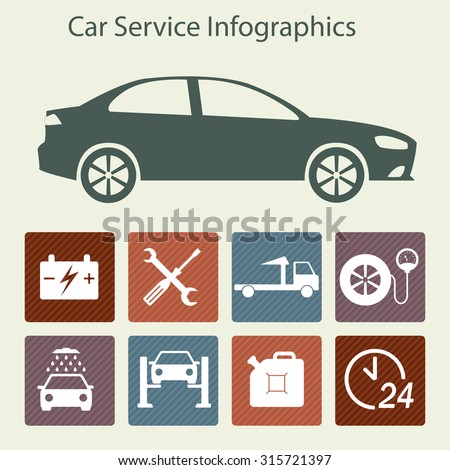Fascinated In Understanding The Caution Lights On Your Automobile'S Control Panel? Discover Their Relevance For Your Vehicle'S Safety And Total Condition
Fascinated In Understanding The Caution Lights On Your Automobile'S Control Panel? Discover Their Relevance For Your Vehicle'S Safety And Total Condition
Blog Article
Content By-Termansen Kejser
When you lag the wheel, those beautiful warning lights on your control panel can be a little bit complicated. Do you know what they're trying to inform you regarding your cars and truck's wellness? Comprehending the importance of these lights is vital for your safety and security and the durability of your vehicle. So, the next time one of those lights turns up, would not you wish to decode its message precisely and take the necessary actions to address it?
Common Warning Lights and Interpretations
Recognize typical warning lights in your automobile and understand their significances to ensure risk-free driving.
One of the most regular caution lights consist of the check engine light, which signals issues with the engine or discharges system. If this light comes on, it's essential to have your lorry inspected quickly.
The oil pressure alerting light indicates low oil stress, requiring instant interest to stop engine damages.
A blinking battery light might suggest a malfunctioning charging system, potentially leaving you stranded otherwise addressed.
The tire stress tracking system (TPMS) light alerts you to reduced tire pressure, influencing car stability and fuel performance. Disregarding this could cause harmful driving problems.
The abdominal light shows a problem with the anti-lock braking system, jeopardizing your ability to stop swiftly in emergencies.
Last but not least, the coolant temperature level advising light warns of engine getting too hot, which can result in severe damages if not resolved swiftly.
Recognizing these usual caution lights will assist you address issues without delay and maintain safe driving problems.
Significance of Prompt Focus
Recognizing the typical warning lights in your vehicle is just the initial step; the importance of quickly attending to these cautions can not be highlighted sufficient to ensure your security when driving.
When carwax illuminates on your control panel, it's your vehicle's means of interacting a prospective concern that needs interest. Ignoring these cautions can bring about much more severe troubles in the future, endangering your safety and security and potentially costing you a lot more out of commission.
Trigger interest to cautioning lights can prevent malfunctions and accidents. As an example, a flashing check engine light might indicate a misfire that, if left neglected, might cause damages to the catalytic converter. Addressing this without delay can conserve you from a pricey repair.
Likewise, a brake system cautioning light could signal reduced brake liquid or worn brake pads, critical parts for your security when driving.
Do It Yourself Troubleshooting Tips
If you discover a warning light on your control panel, there are a couple of DIY fixing pointers you can attempt prior to seeking professional aid.
The very first step is to consult your vehicle's handbook to understand what the particular caution light suggests. Often the issue can be as basic as a loose gas cap causing the check engine light. Tightening the gas cap may fix the problem.
Another usual issue is a reduced battery, which can activate numerous alerting lights. Inspecting the battery links for corrosion and guaranteeing they're safe and secure might fix the problem.
If a caution light continues, you can attempt resetting it by disconnecting the auto's battery for a couple of mins and afterwards reconnecting it. Furthermore, checking https://cesarvlbsh.loginblogin.com/36655542/the-definitive-handbook-for-vehicle-outlining-supplies-important-knowledge-for-newbies , such as oil, coolant, and brake fluid, can help repair warning lights associated with these systems.
Verdict
In conclusion, understanding your car's warning lights is essential for maintaining your car running efficiently and safely. By quickly attending to these alerts and understanding what they mean, you can prevent costly repairs and prospective break downs.
Remember to consult your vehicle's manual for specific information on each cautioning light and do something about it accordingly to ensure a trouble-free driving experience.
Remain educated, remain safe when driving!
